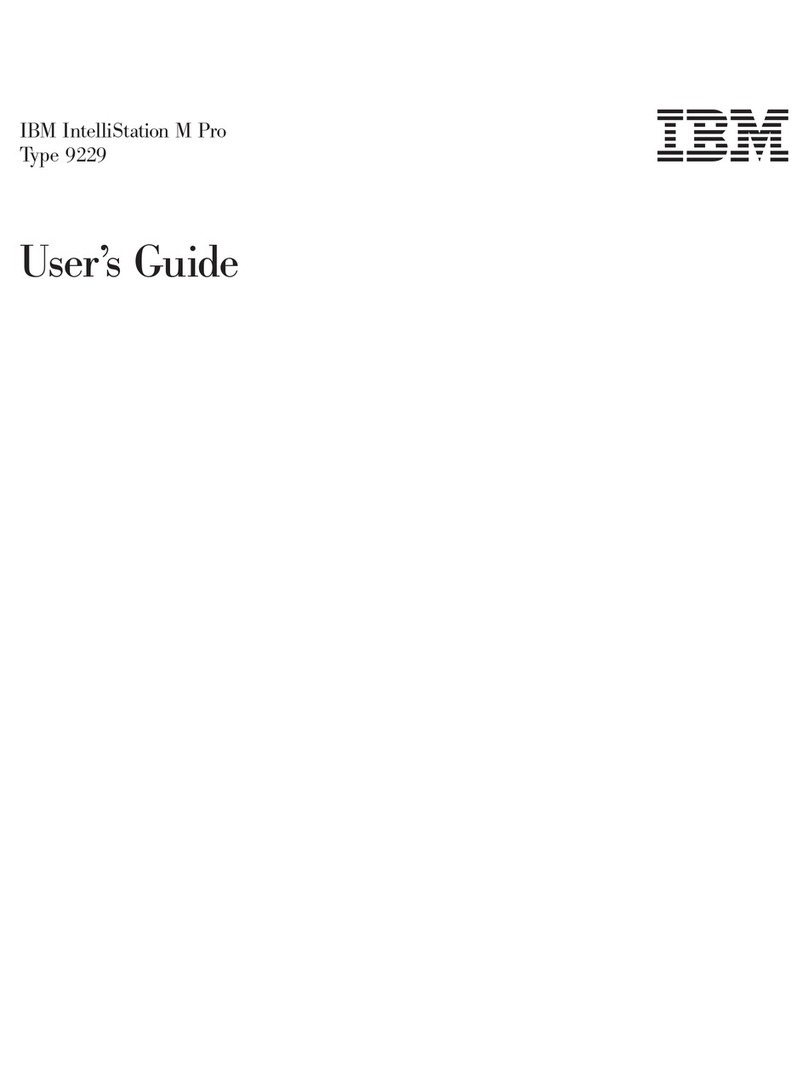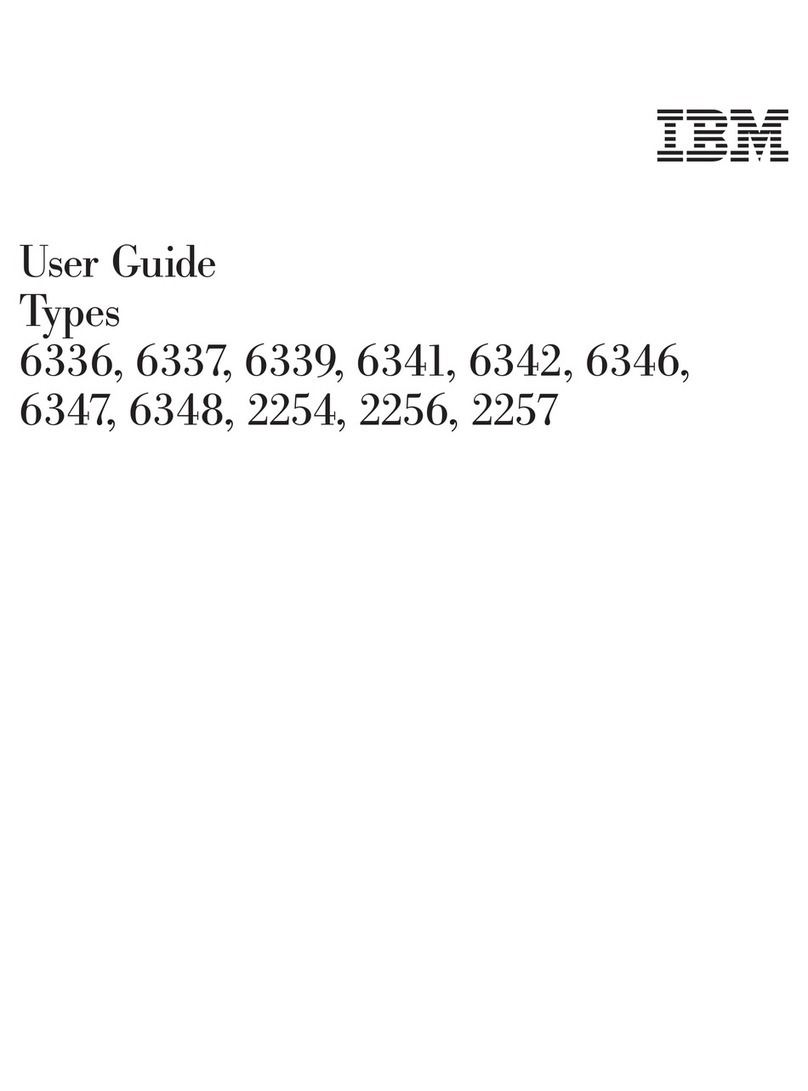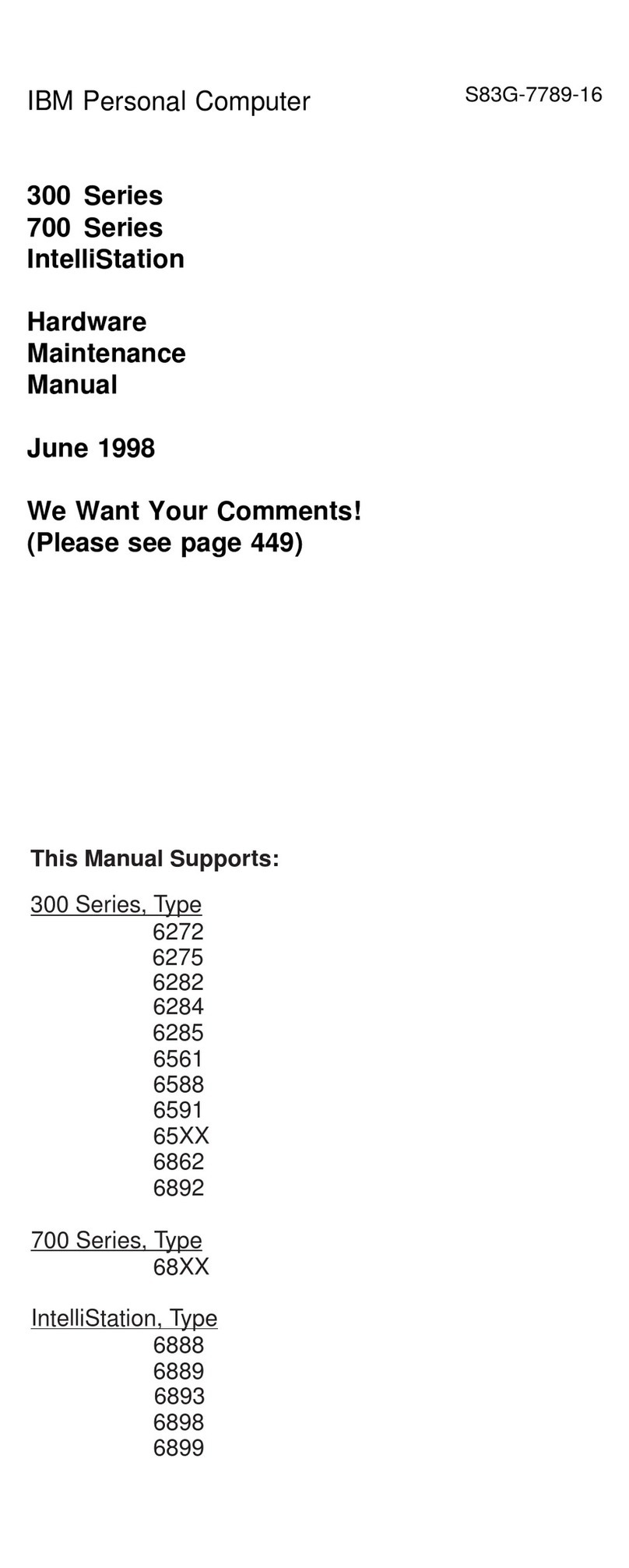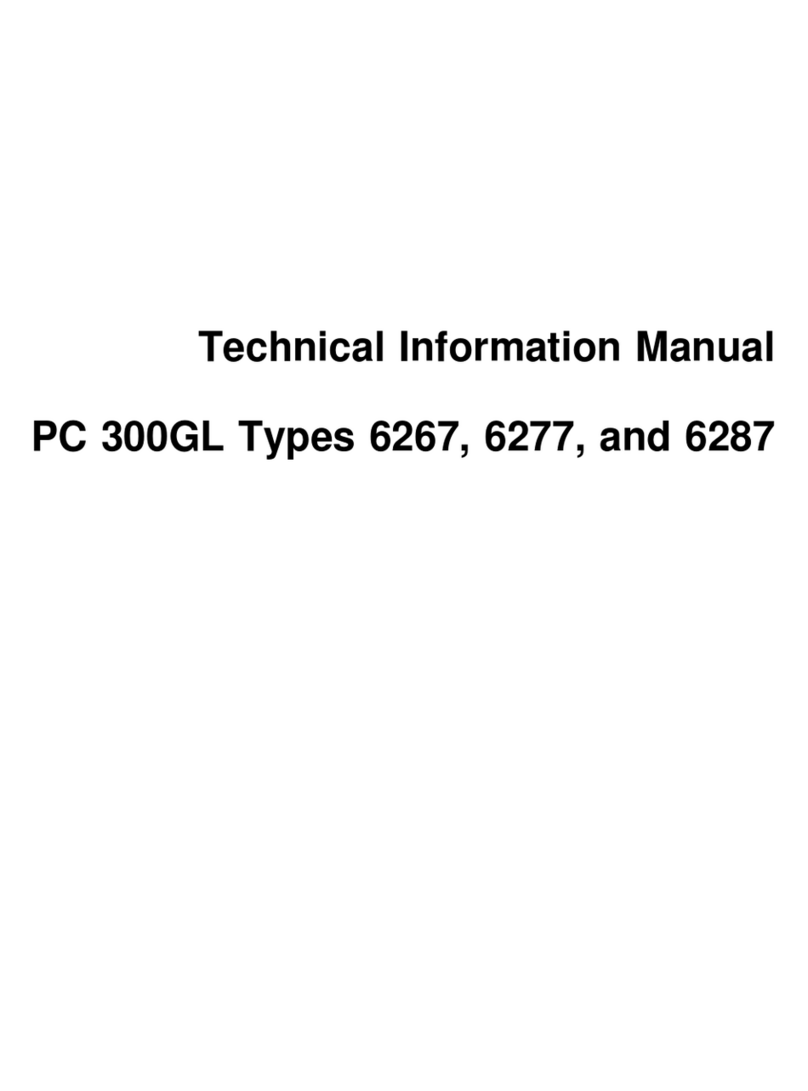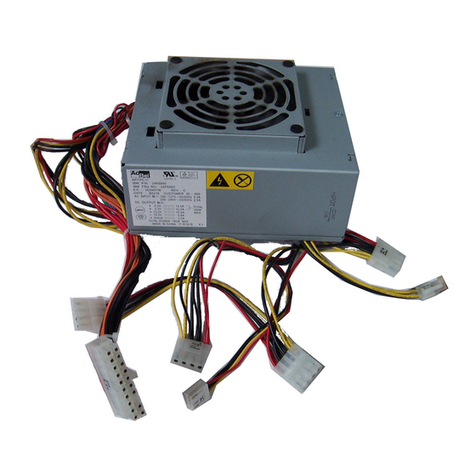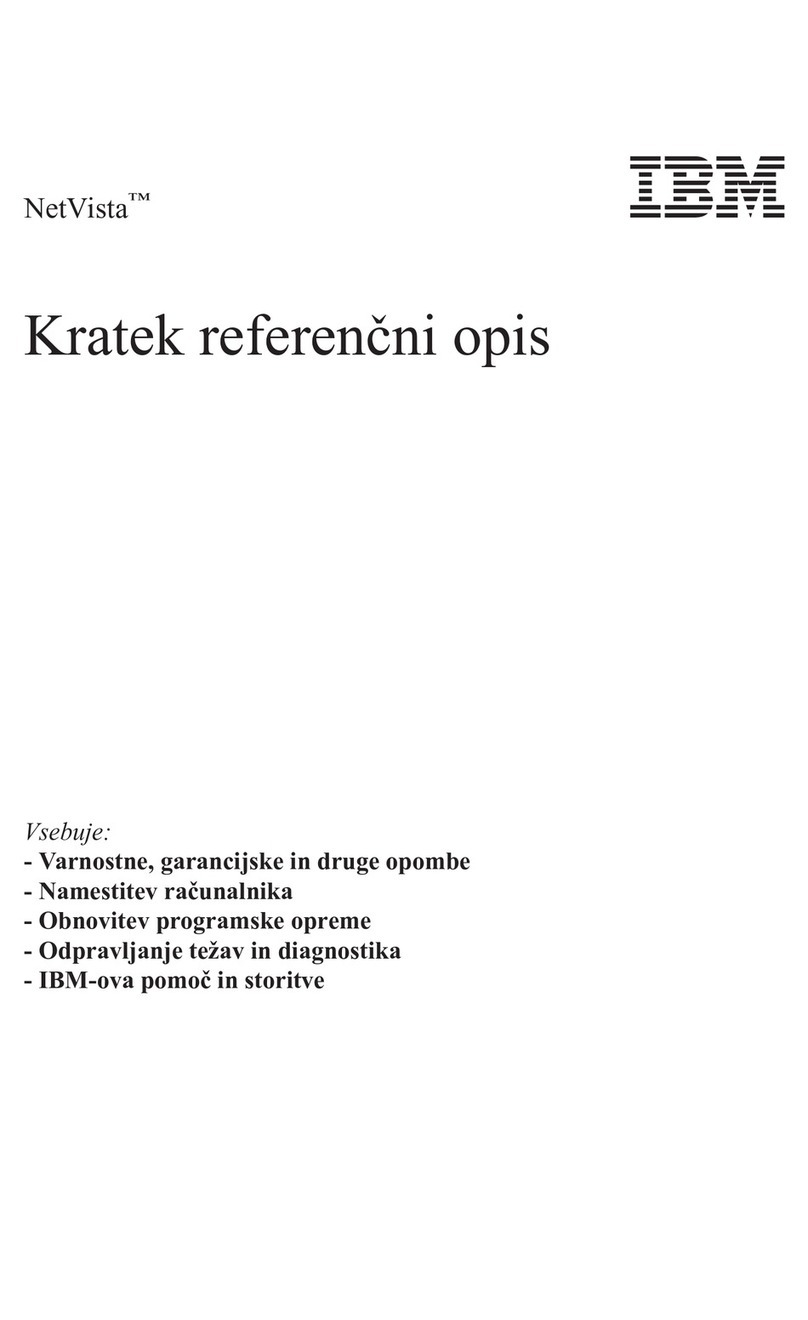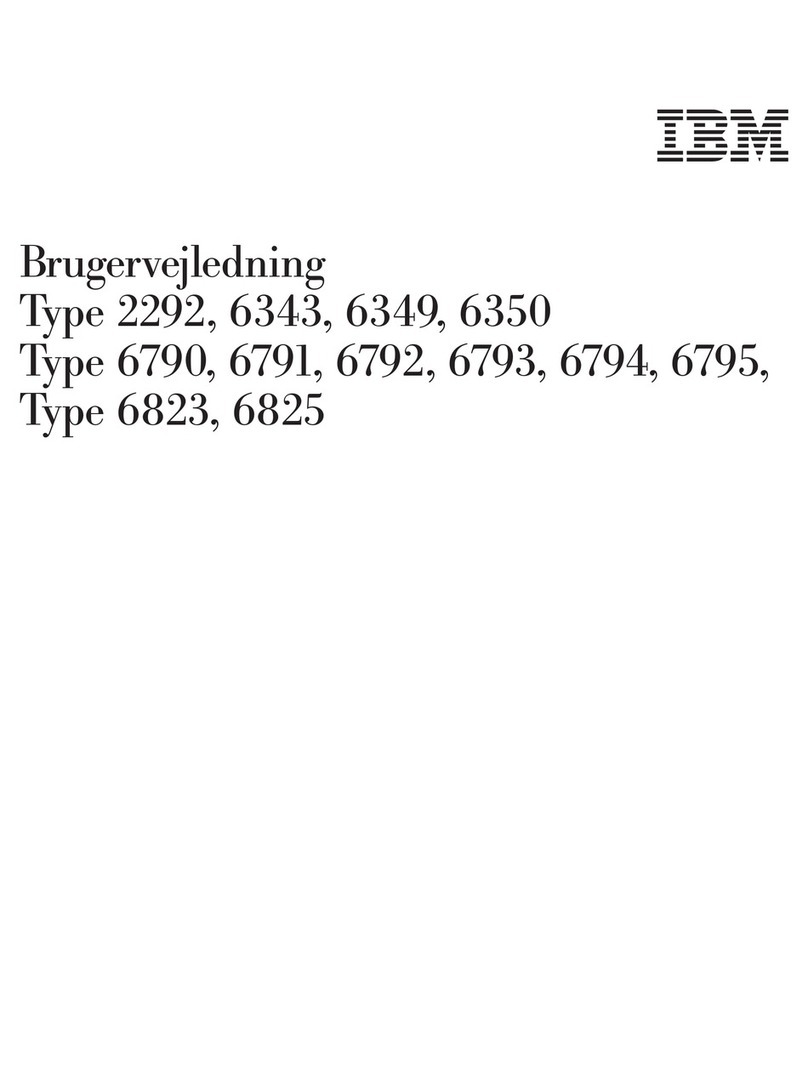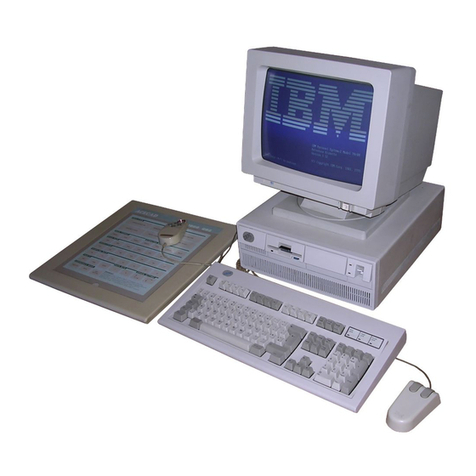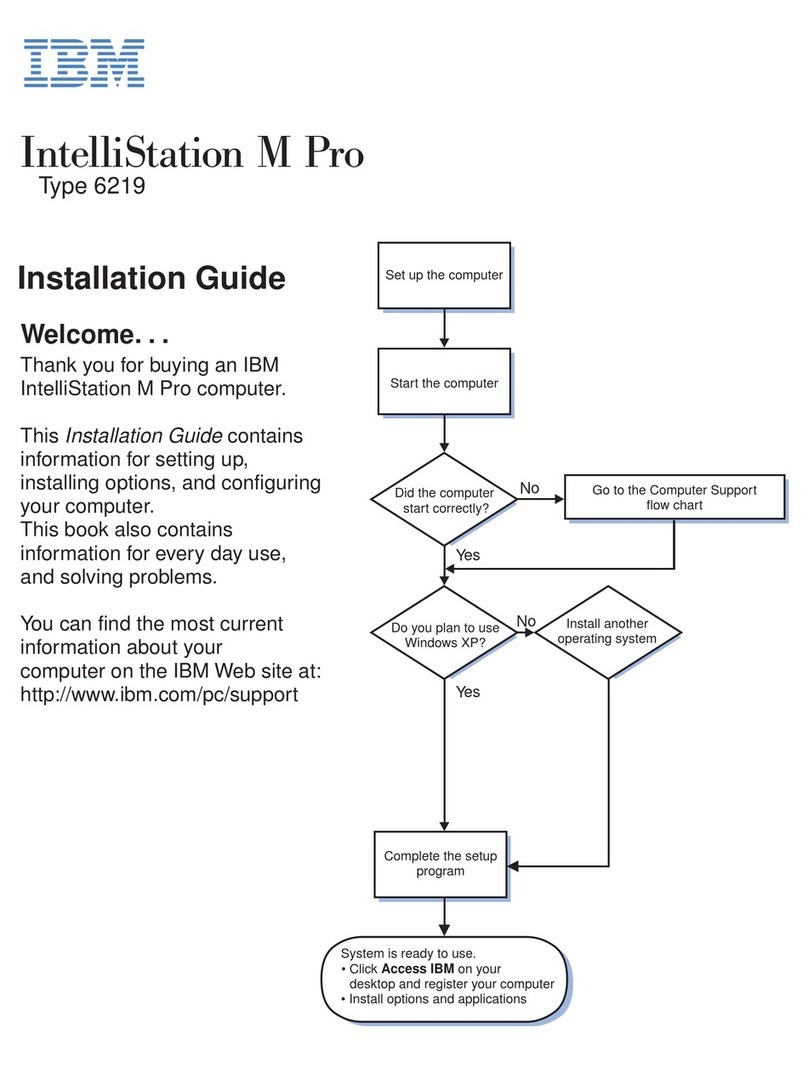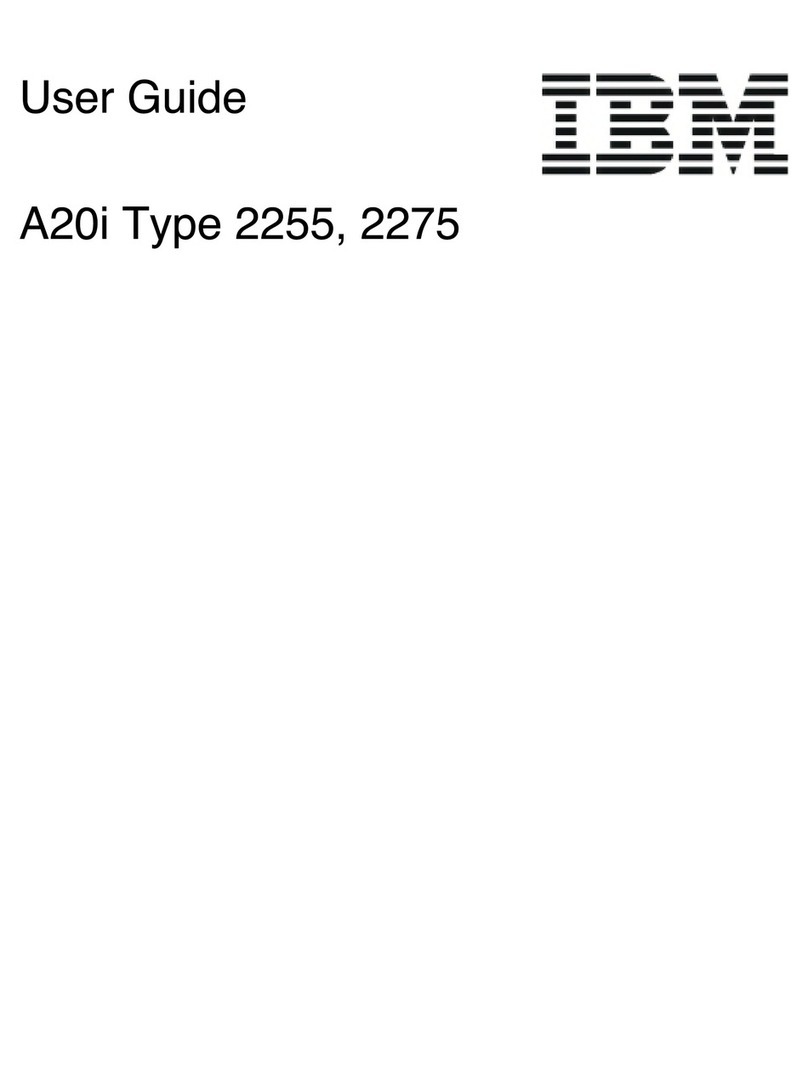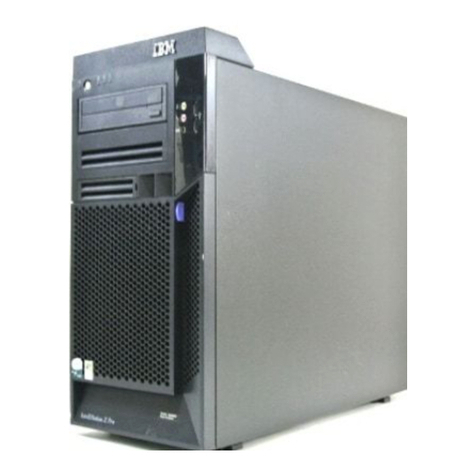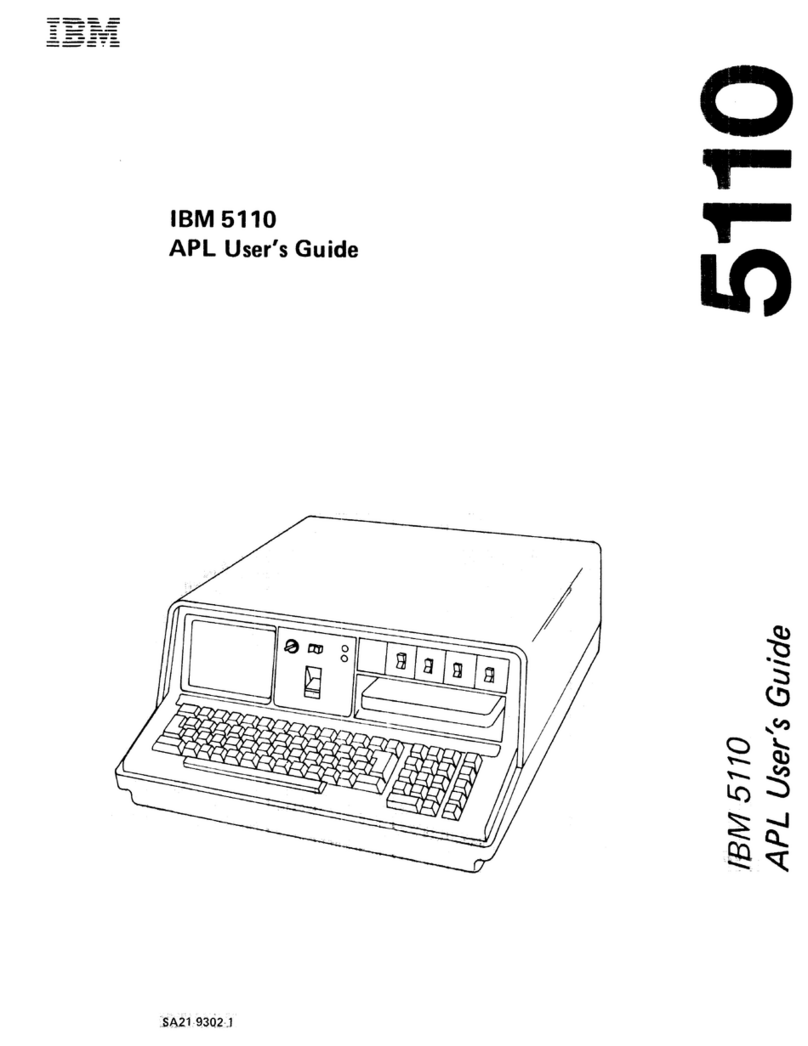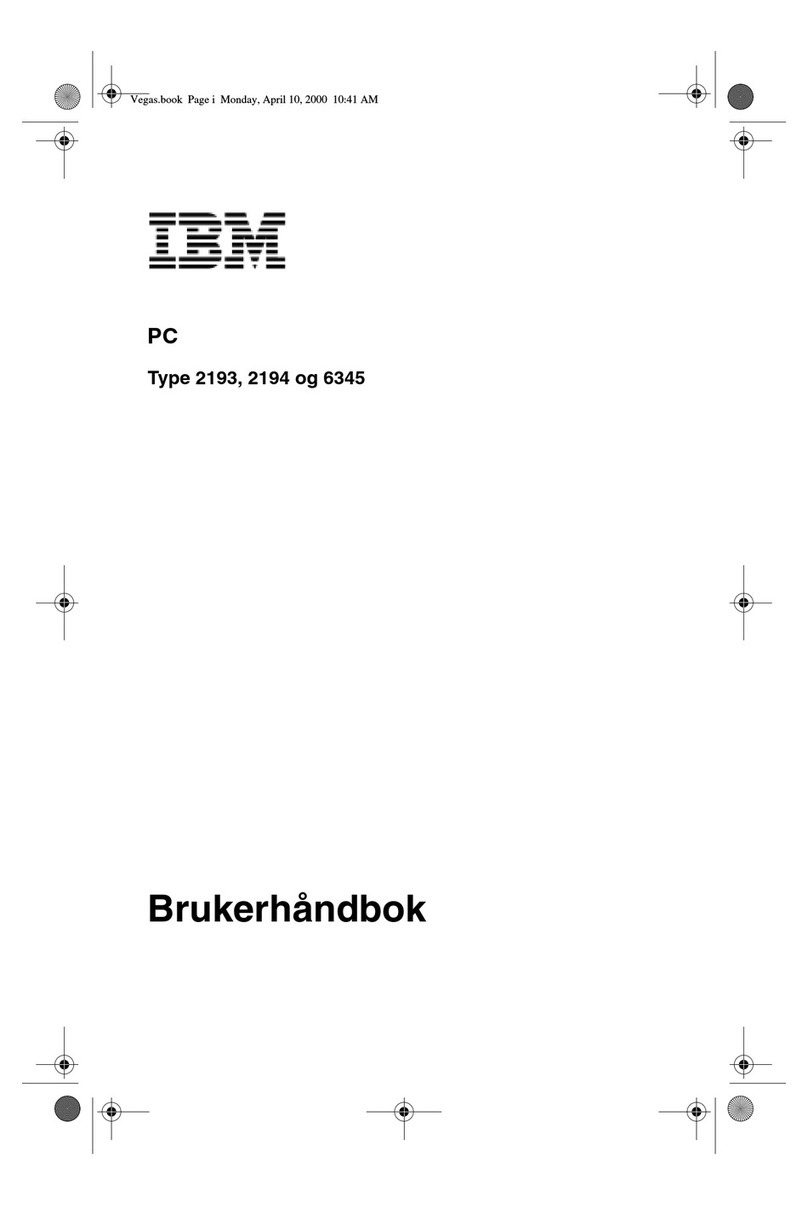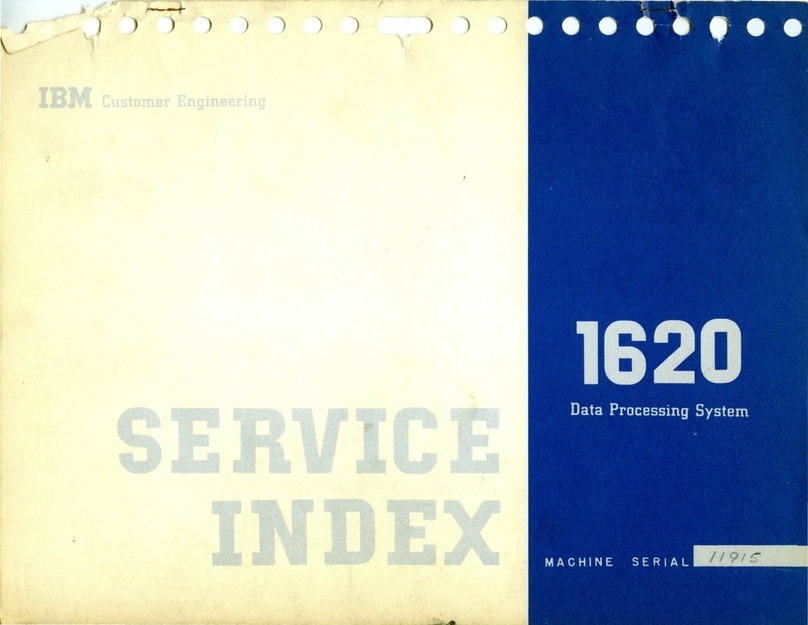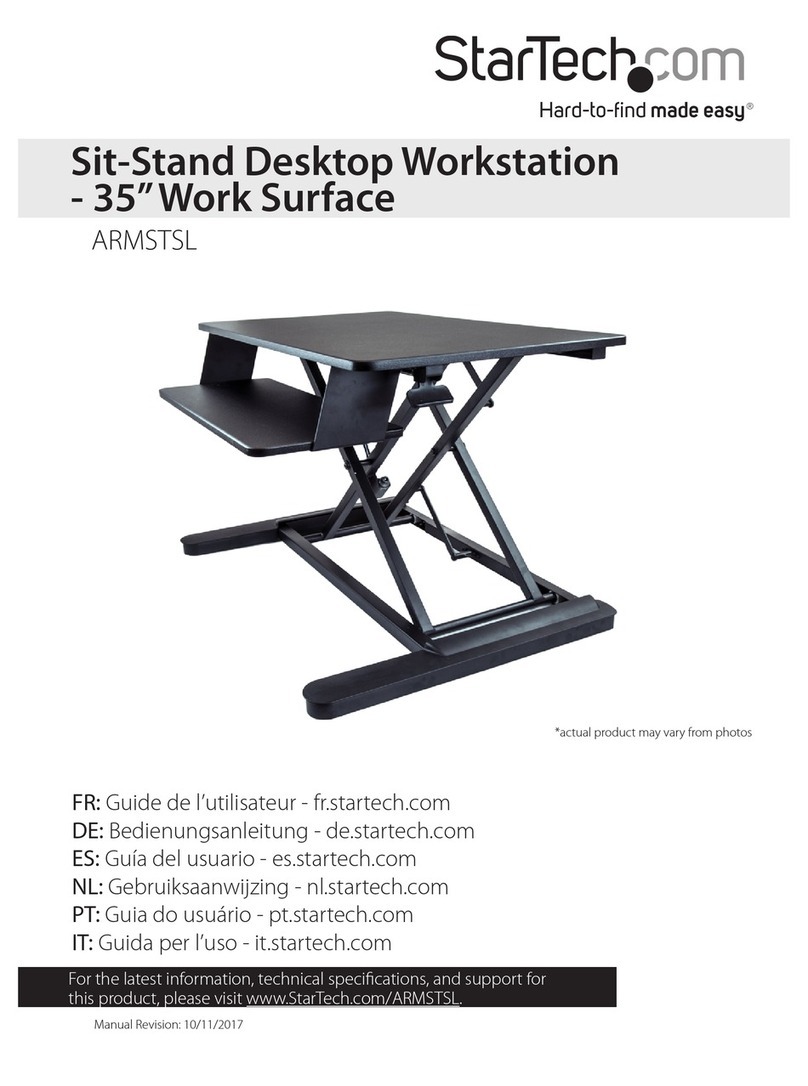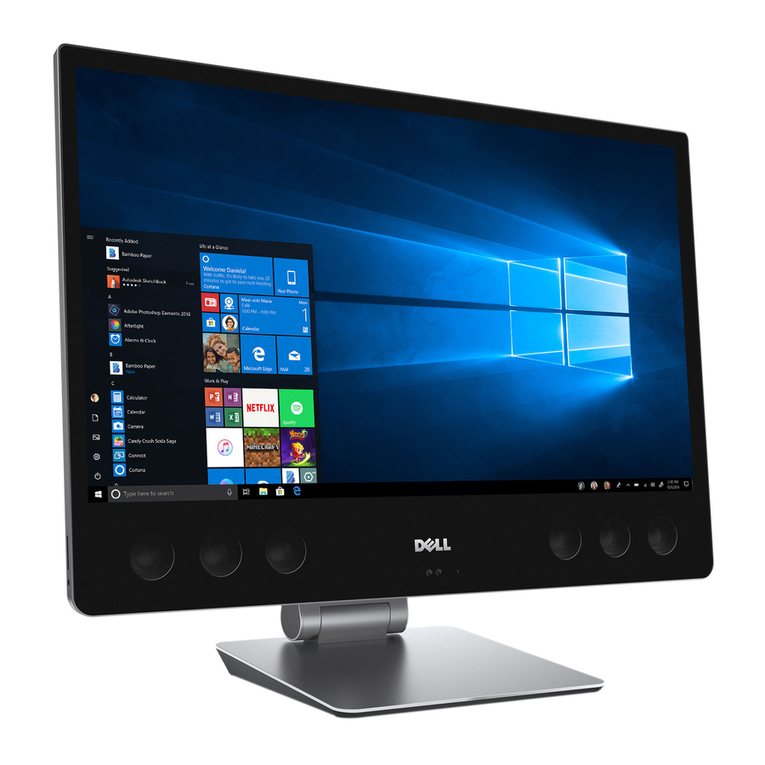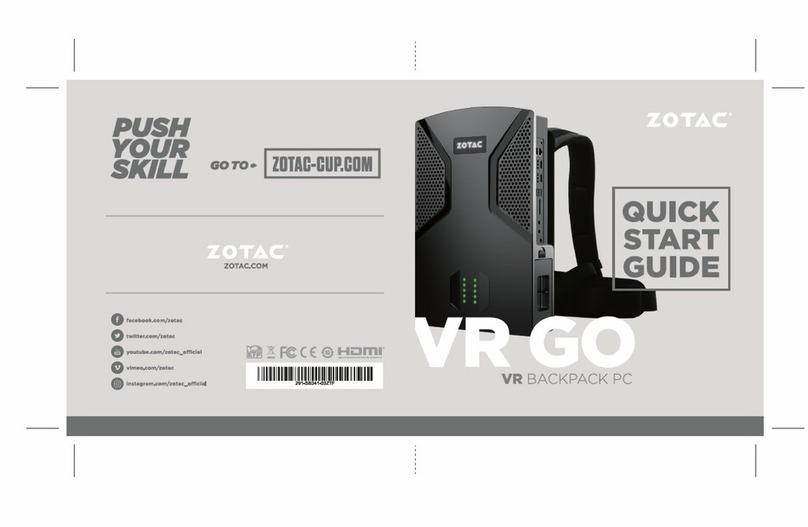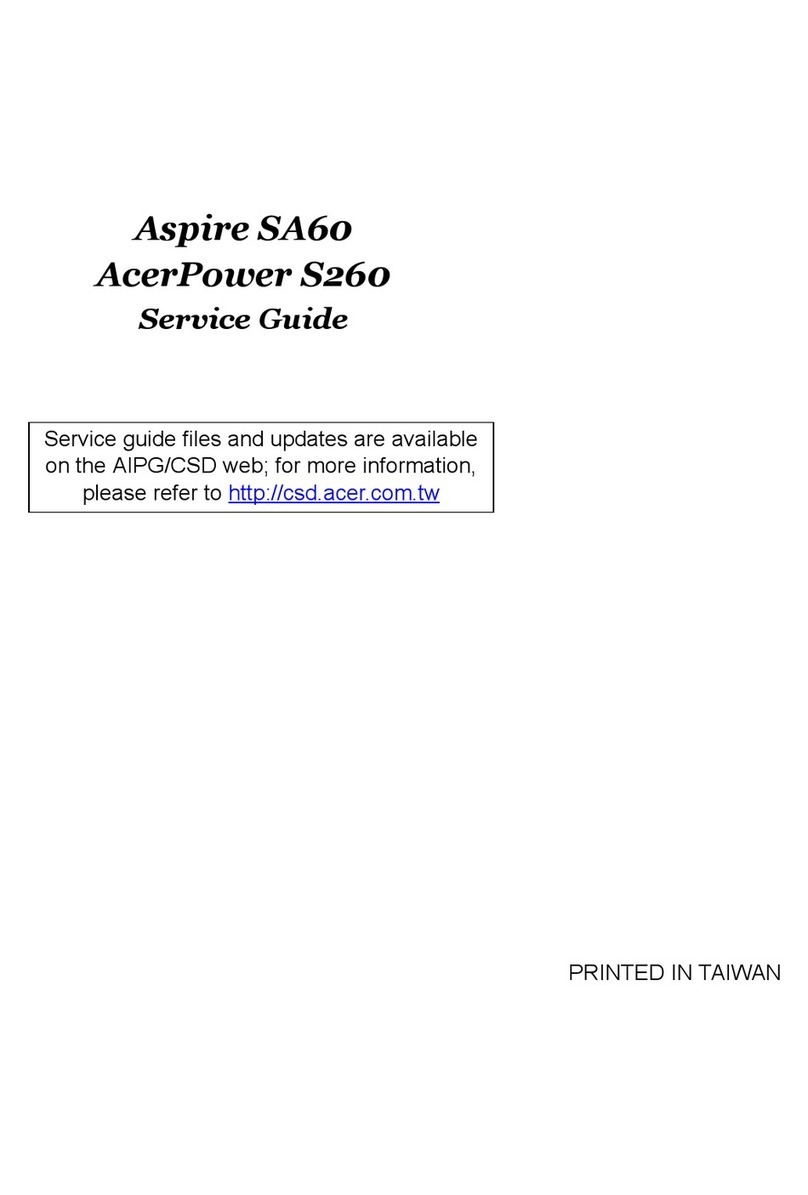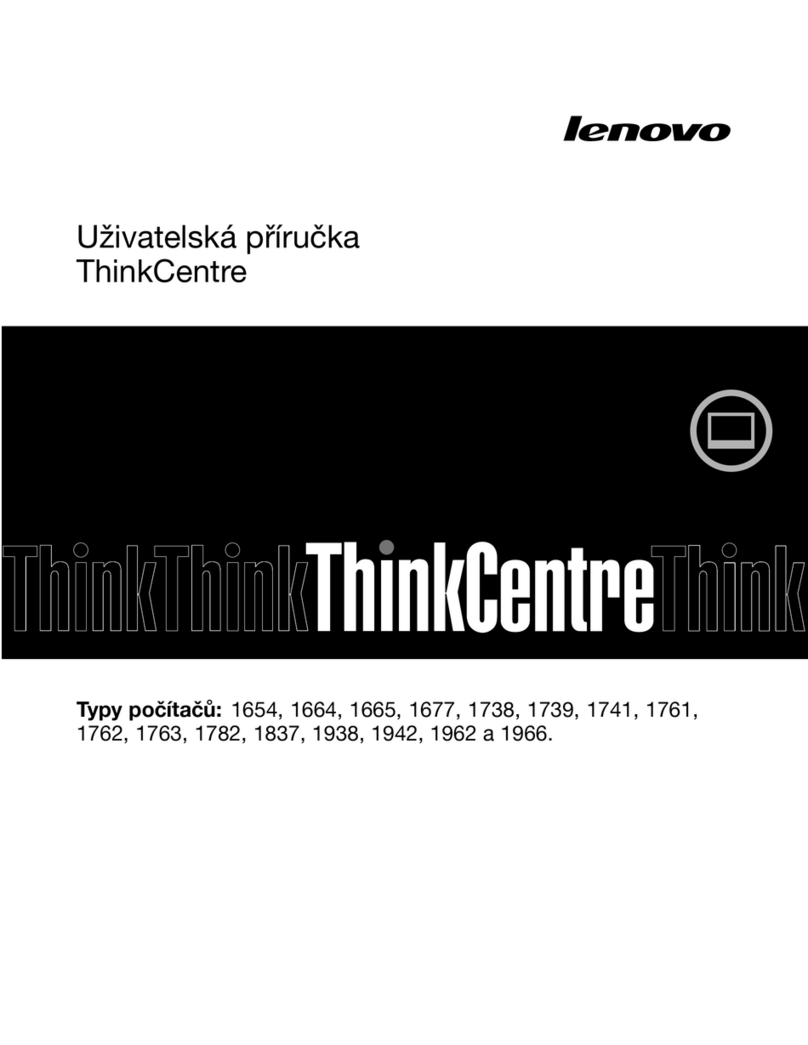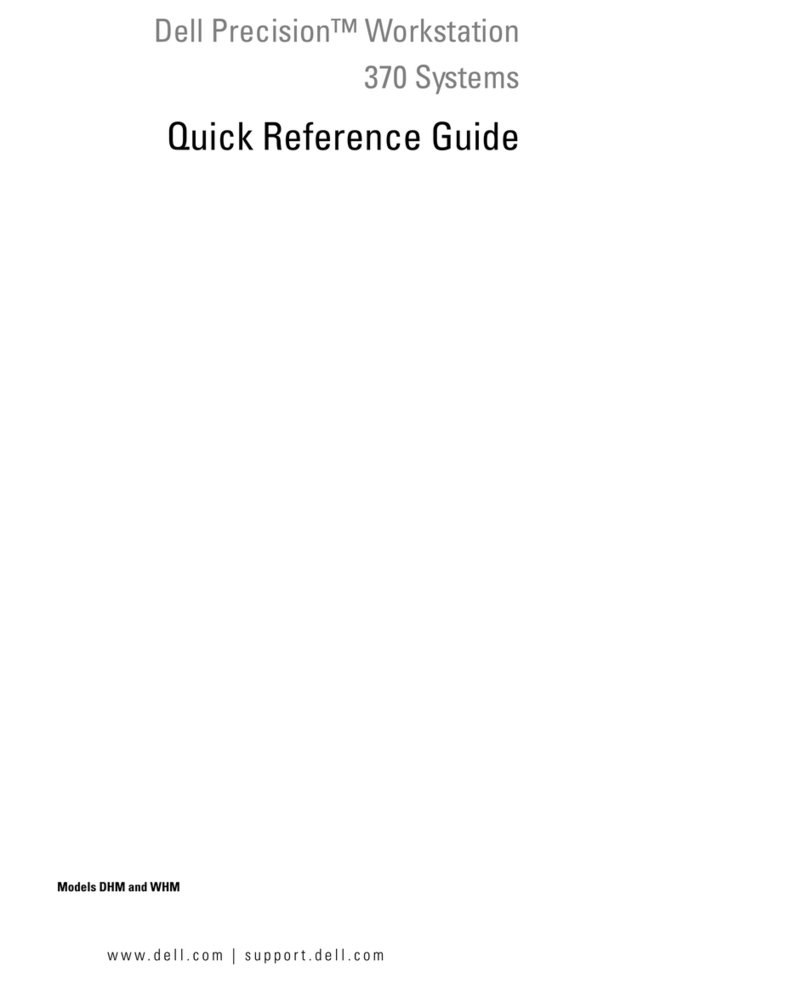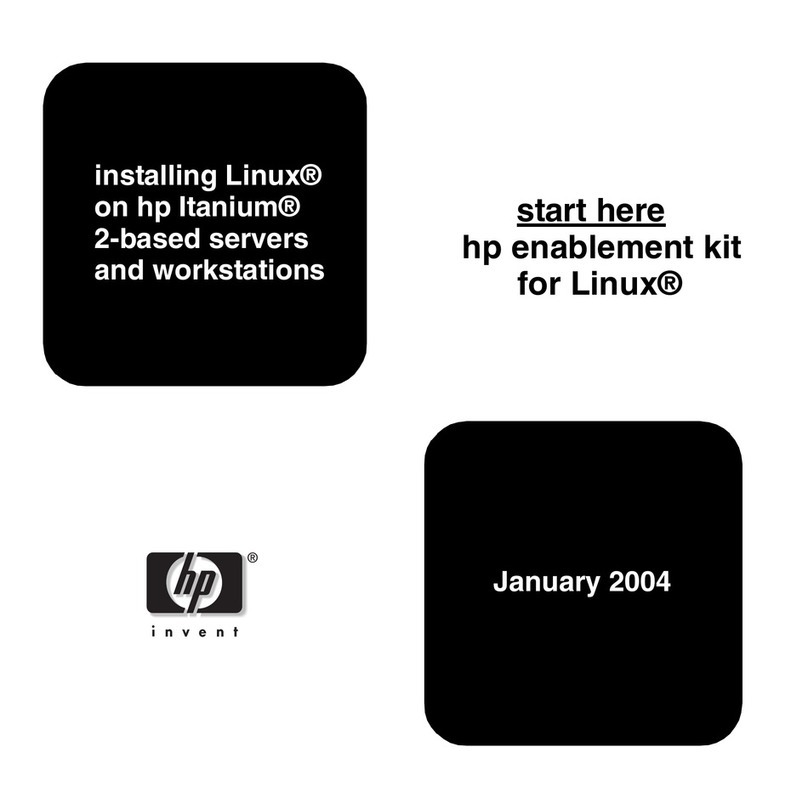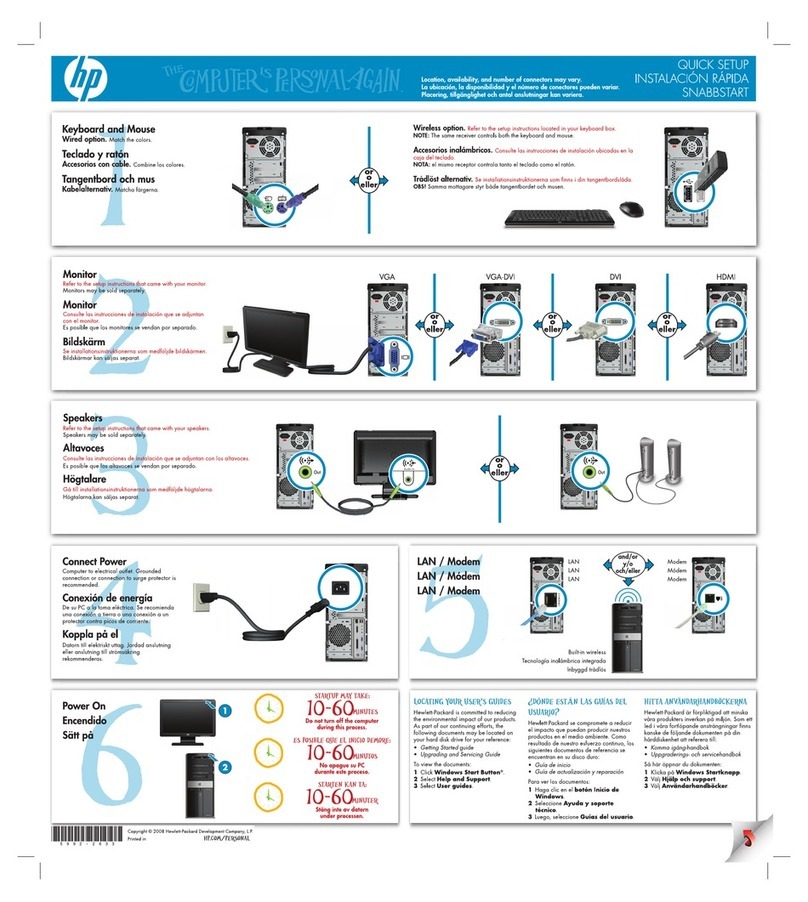
PREFACE
This reference manual
contains
information
necessary
to
operate
the
following units
of
the
IBM
System/370
Model
145.
•
-IBM
3145
Processing Unit
•
IBM
3210
Console Printer-Keyboard
•
IBM
3215
Console Printer-Keyboard
• Console File
Operating
information
for
related
software
and peripheral
devices
is
not
included.
The
reader
is
assumed
to
have:
1. Basic
computer
knowledge
and
experience,
or
2.
Operated
other
related
data
processing
equipment,
or
3. Previous
computer
operating
experience
on
a similar
system.
The
visual index, located
at
the
beginning
of
this manual,
is
an aid
for
quickly
locating
the
controls
and
indicators
described
in
this
publication.
IBM
is
grateful
to
the
American National
Standards
I
nstitute
(ANSI)
for
permission
to
reprint
its definitions
from
the
American National
Standard
Vocabulary for
Information
Processing (Copyright ©
1970
by American
National
Standards
Institute,
Incorporated),
which was
prepared by
Subcommittee
X3.5
Terminology
and
Glossary
of
American National
Standards
Committee
X3.
Third Edition (September 1972)
This
is
a major revision of, and obsoletes, GC38-001S-1 and
Technical Newsletter, GN24-0489, dated July 7, 1972.
Changes were made
in
the composition and format to im-
prove the readability and purpose
of
this publication. Before
us-
ing this manual, consult the latest SRL Newsletter for the editions
that
are applicable and current.
Requests for copies
of
IBM
publications should be made
to
your
IBM
representative or to the
IBM
branch office serving your
locality.
This manual has been prepared
by
the
IBM
Systems Development
Division, Product Publications, Dept.
KI0,
P.O. Box 6, Endicott,
N.Y. 13760. A form is provided at the back of' this publication
for readers' comments.
If
the form has been removed, comments
may be sent to the above address. Comments become the prop-
erty
of
IBM.
© Copyright International Business Machines Corporation 1971, 1972
This publication has five major sections:
•
System
Control Panel Indicators, Switches,
and
Keys
This section describes
the
purpose
of
individual indi-
cators, switches,
and
keys. It
does
not
describe
the
applications
of
these facilities within
operating
pro-
cedures.
• Console File
This section
contains
procedures
for
the
handling, in-
sertion,
and
removal
of
magnetic disk cartridges.
• Console Printer-Keyboard
This section
contains
PR-KB manual
operations,
initial
set-up
and
operator
adjustments,
maintenance
proced-
ures,
and
descriptions
of
indicators
and
controls.
• Operating Procedures
This section
contains
procedures
for
system
opera-
tion,
initialization,
and
error
recovery.
• Handling Abnormal
Situations
This section
contains
flowcharts
and
text
for
your
use
in analyzing unusual situations.
Associated publications are:
IBM
System/360
Disk Operating System Operator Communi-
cations and
Messages,
Order No. GC24-5074.
IBM
System/360
Operating System Messages and Codes,
GC28-6631.
IBM
System/370
Model 145 Functional Characteristics,
GA24-3557.
IBM System/360
and
System/370 Bibliography,
GA22-68~2.
OS/VS
Message
Library:
VS1
System
Messages,
GC38-1
001.
